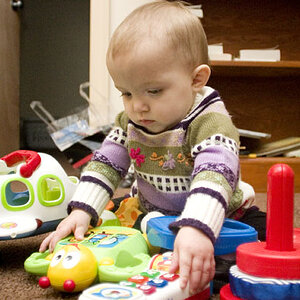SolidBrowser
TPF Noob!
- Joined
- Jan 6, 2014
- Messages
- 8
- Reaction score
- 0
- Location
- PDF Preview
- Can others edit my Photos
- Photos OK to edit
Hello, this is my first post of many on the Forum.
I am not sure what level I am at, but I know the basics!
I am getting into lighting (Butterfly, etc..)
I started off with the basic lighting setup without a backlight (did not come with set, should it?)
What do you think of my lighting for the first time?

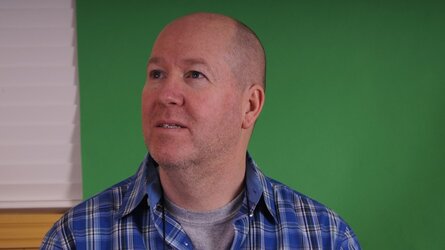
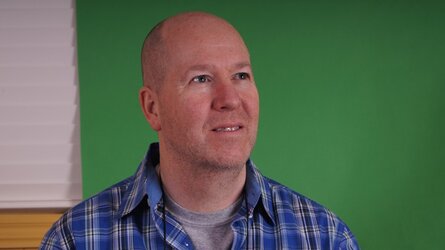
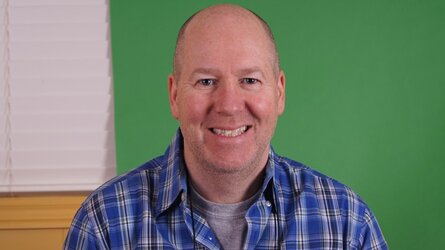
I am not sure what level I am at, but I know the basics!
I am getting into lighting (Butterfly, etc..)
I started off with the basic lighting setup without a backlight (did not come with set, should it?)
What do you think of my lighting for the first time?






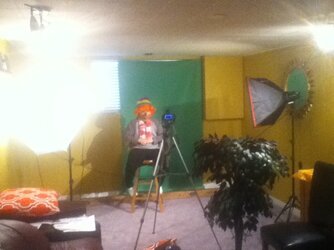
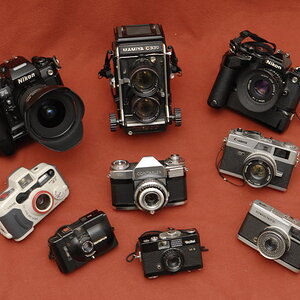
![[No title]](/data/xfmg/thumbnail/42/42020-6dbbc2fb244014aa89adfe2ccf067af7.jpg?1619739979)

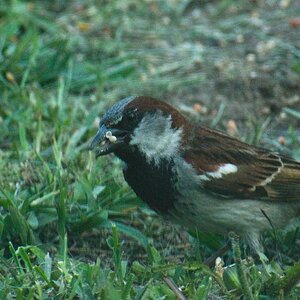
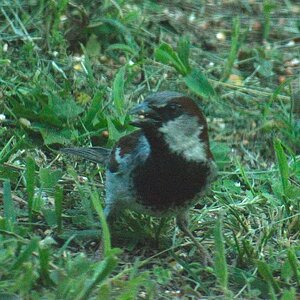
![[No title]](/data/xfmg/thumbnail/38/38443-d3f00036791c5f915b132320c9ac8865.jpg?1619738614)
![[No title]](/data/xfmg/thumbnail/42/42494-ba608b57b09b00c0ee005a2360a510f5.jpg?1619740198)

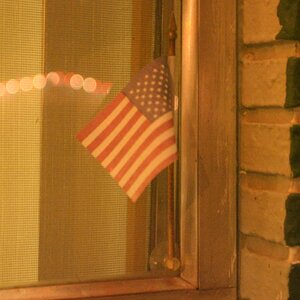
![[No title]](/data/xfmg/thumbnail/33/33438-c1e2eee6aa4ea910422fd56d64fb49d4.jpg?1619735969)

